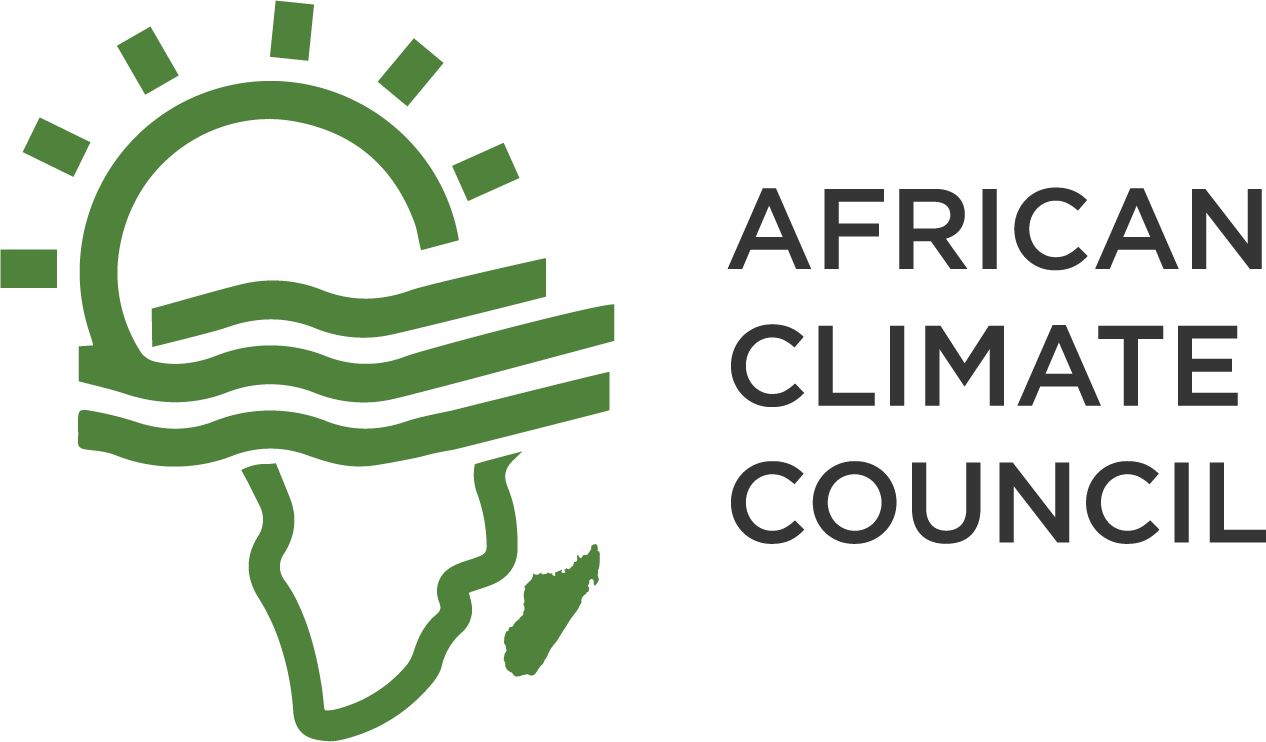
Africa stands at a climate crossroads, armed with ambitious plans but facing a staggering financial shortfall. To implement its climate action plans (NDCs) by 2030, the continent requires $2.8 trillion, translating to an annual need of $277 billion. However, the current reality is bleak, where the annual climate finance flows sit at just $30 billion, covering a mere 12%.
Recent summits have hammered home this message. At the Africa Climate Summit (ACS2), leaders unanimously called for a shift from aid to investment, rejecting debt-inducing loans that exacerbate existing vulnerabilities. This sentiment was echoed at the UN General Assembly, where the stark disparity between Africa’s minimal contribution to global emissions and its massive climate vulnerability took center stage.
A Deep Dive into the Financial ChasmThe following chart provides a detailed breakdown of the financial challenge:
As illustrated, African governments have already committed $264 billion of their own limited resources—a significant demonstration of political will. However, this leaves a staggering $2.5 trillion gap that must be filled by international partners and the private sector.
This gap is not just about quantity, but also quality and distribution:
- Adaptation vs. Mitigation: Africa urgently needs funding for adaptation (e.g., drought-resistant crops, climate-resilient infrastructure), yet it receives only 24-36% of its total finance needs for this, while mitigation receives over 60%.
- Private Sector Deficit: The private sector contributes a meager 14% of climate finance in Africa, far below global averages, indicating a failure to de-risk projects and attract commercial investment.
- Concentration of Funds: Finance is highly concentrated, with a few middle-income countries capturing most of the funding, while the most vulnerable nations are left behind.
The upcoming COP30 in Belém is a pivotal test. It must be the “Implementation COP” that moves beyond rhetoric. For Africa, success will be defined by:
- A New Collective Quantified Goal: Solidifying the framework for delivering the $1.3 trillion per year in climate finance that the African Group of Negotiators has rightfully demanded.
- Unlocking Private Capital: Creating actionable mechanisms, such as blended finance platforms and guarantees, to finally attract private investment at scale.
- Prioritizing Adaptation: Ensuring that a significant portion of new funding is delivered as grants for adaptation projects, building resilience without debt.
The question is whether the global community will use COP30 to finally close the gap between Africa’s climate imperatives and the financial means to achieve them. Now, the world must decide whether it will invest in Africa’s climate-resilient future.


Add a Comment